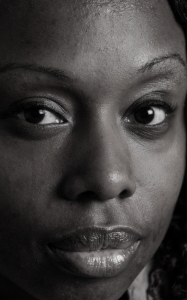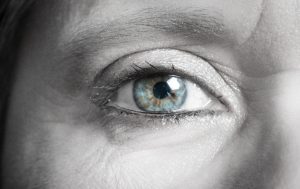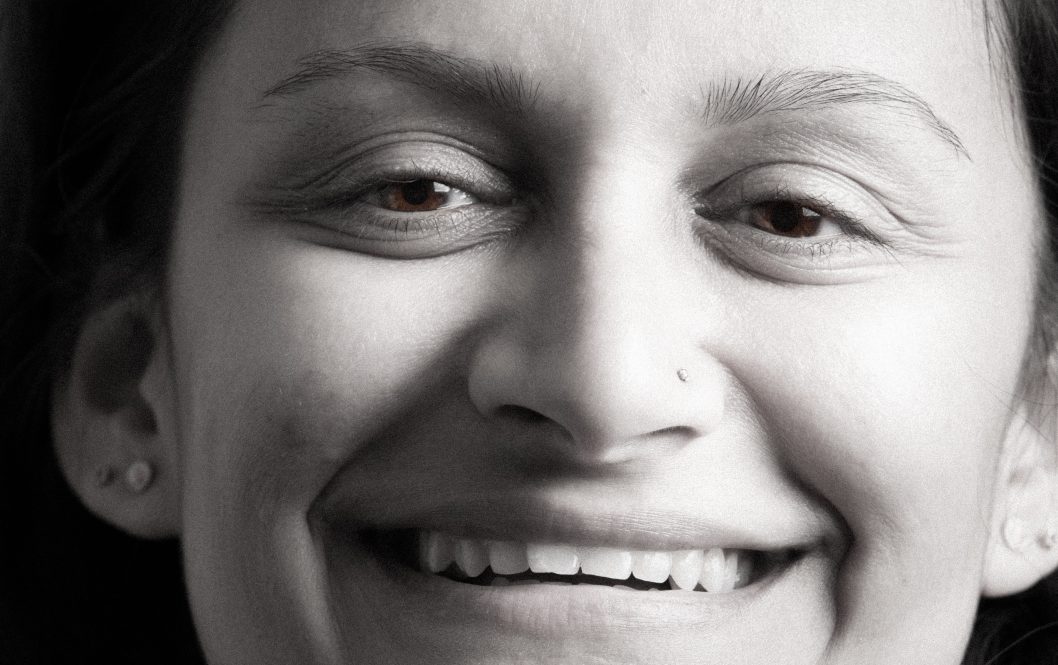In 2004, after two decades working in commercial advertising, Connecticut photographer Joe Standart decided to undertake an experiment by setting up a temporary studio in a New London storefront and inviting people to come in from the street and pose for a portrait.
“I believed that a dignified portrait could change how a person perceived themselves, and if I created enough of them, it could change how the community saw itself,” Standart says on the website of his “Portrait of America” project, in which he focused on portraits of recent refugees and immigrants.
After taking 150 portraits of people in the New London community, Standart received requests to create an exhibition of his work. “I put the work where I had found the people: on the streets,” he says.
Storefront murals covered the train station and adorned the streets, sidewalks, and gallery spaces in New London. “I filled the town with a reflection of its own people,” he adds.

Standart later developed similar projects in Hartford and New Haven, and returned to New London 10 years later to update his portraits. He further developed his interest in the New London community by photographing eyes in black and white, creating intimate portraits that were then placed in storefronts. Some of those images are part of “Immigrant Eyes: Photographs by Joe Standart” now exhibited inside the William Benton Museum of Art through Oct. 16. Works exhibited outside the museum on campus are from the New Haven Green project.
The exhibition takes its title from the large-scale black and white images focused on the eyes of Standart’s portrait subjects that appeared in storefronts, such as the wide, bulging eyes of William from Venezuela, and the long eyelashes of Maylis from Panama.
Standart also conducted interviews with his portrait subjects, which are included in a video presentation that is part of the exhibition.

Gladys, from the Democratic Republic of Congo, arrived in Connecticut in 2013. Her photo was taken at Trinity Church on the Green in New Haven. She describes how her family escaped from Congo during the war there to neighboring Burundi before arriving in the United States. At the time of her interview, she was a student majoring in strategic communication at Central Connecticut State University. She said her father’s goal was to give his children the opportunity to get an education.
Fazila, wearing a headscarf and a parka, arrived in Connecticut in 2015 and at the time of her interview was working as a receptionist. She is from Afghanistan and was married for three years when her husband was killed by the Taliban. She escaped to Pakistan and had to wait six years before she could come to the United States.
In addition to the gallery installation of portraits, several of the updated portraits are outside, in front of the museum, and in The Albert E. Waugh Sundial Garden between the Rowe Center for Undergraduate Education and the Charles B. Gentry Building.
The William Benton Museum of Art, 245 Glenbrook Road, is open Wednesday through Friday from 10 a.m. to 4 p.m. and Saturday from 1 to 4 p.m. For more information, go to www.benton.uconn.edu



